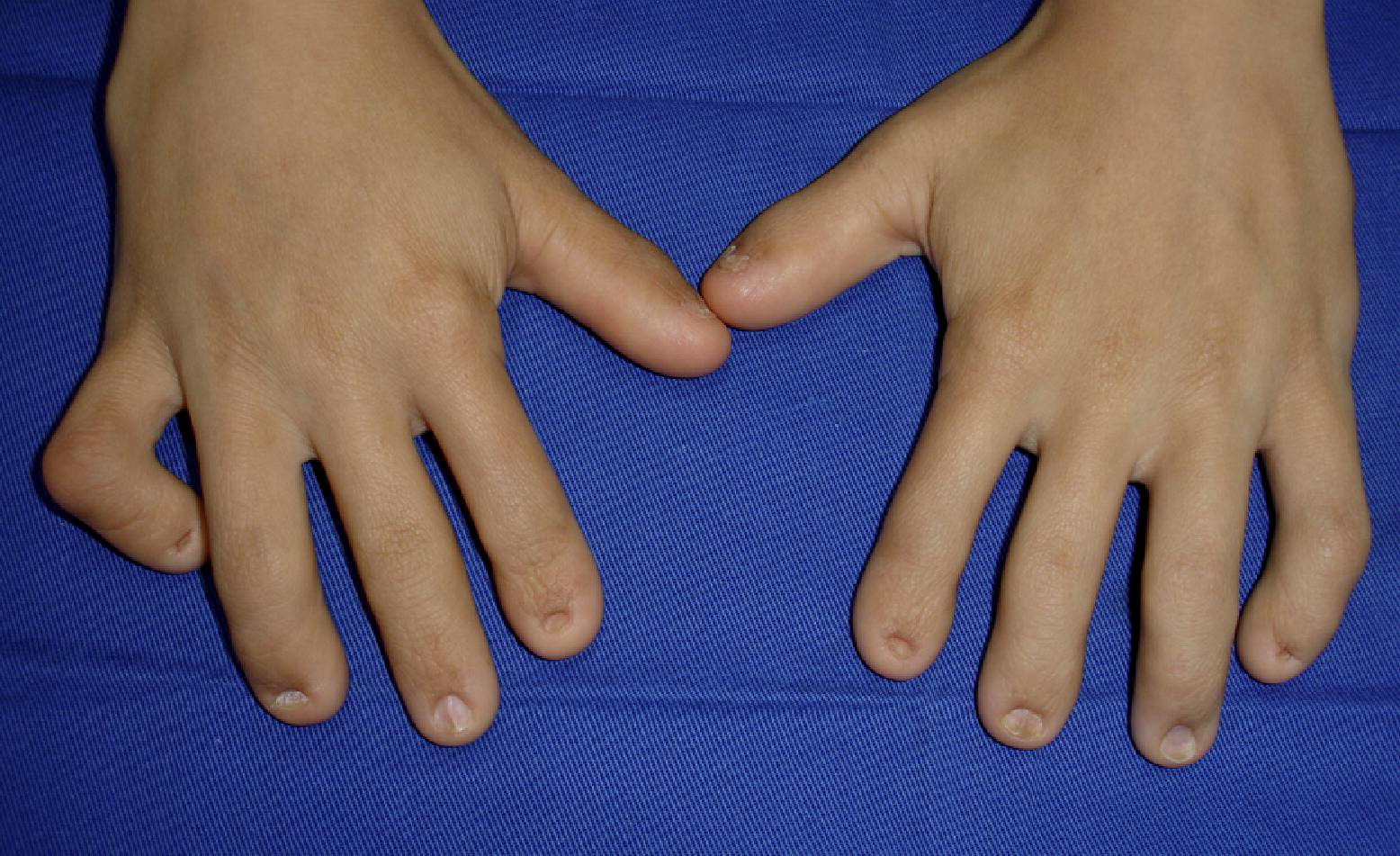Ellis-van Creveld Syndrome – Rare Genetic Disorder Explained Simply
It is also known as chondroectodermal dysplasia. Although rare in the general population, it is more common in certain communities, such as the Amish in the United States.
Causes and Genetics
EVC syndrome is caused by mutations in the EVC and EVC2 genes. These genes play a role in the Hedgehog signaling pathway, which is essential for normal bone and cartilage development. When these genes do not function properly, the development of bones, teeth, and certain organs is affected, leading to the characteristic features of the syndrome. Since it follows an autosomal recessive inheritance pattern, parents who are carriers of the mutated gene typically do not show any symptoms but can pass the faulty gene to their children.
Physical and Developmental Features
Individuals with EVC syndrome often have a distinctive physical appearance. The most noticeable feature is short stature, with shortening of the arms and legs due to abnormal bone growth. Other skeletal abnormalities include polydactyly, meaning extra fingers or toes. Affected individuals may also have narrow chests with short ribs, which can sometimes lead to respiratory problems at birth. Dental abnormalities are another common feature. Many individuals have small, missing, or poorly developed teeth. Nail and hair growth may also be affected, as the condition impacts ectodermal development which includes skin, hair, and nails. Despite these physical differences, most individuals with ellis van creveld syndrome have normal intelligence and can lead fulfilling lives with proper medical care.

Heart and Health Complications
One of the most serious complications of EVC syndrome is congenital heart defects, which affect around half of the individuals diagnosed with the condition. The most common heart defect seen in EVC patients is an atrial septal defect, often referred to as a hole in the heart. This condition can cause poor blood circulation, leading to fatigue, shortness of breath, and other cardiovascular issues. In severe cases, heart surgery may be required. Breathing difficulties can also occur, particularly in newborns, due to the small rib cage restricting lung expansion. Some children may need respiratory support in the early stages of life. Additionally, individuals with EVC syndrome may experience joint stiffness or mobility issues as they grow older.
Diagnosis and Treatment
Diagnosis of EVC syndrome is based on clinical examination, genetic testing, and imaging studies such as X-rays. Prenatal diagnosis is possible through ultrasound if there is a family history of the condition. There is no cure for Ellis-van Creveld syndrome, but treatment focuses on managing the symptoms. Orthopedic care, including physical therapy and sometimes surgery, can help improve mobility. Dental treatments can address tooth abnormalities, and regular check-ups with a cardiologist are essential for those with heart defects. Pediatricians, geneticists, and other specialists work together to provide comprehensive care.
Living with Ellis-van Creveld Syndrome
With proper medical management, many individuals with EVC syndrome lead relatively normal lives. Support from family, specialized healthcare, and adaptive techniques can improve quality of life. Organizations and support groups also play a crucial role in helping individuals and families navigate the challenges associated with the disorder. Since EVC syndrome is a genetic condition, genetic counseling is recommended for families with a history of the disorder. This can help prospective parents understand their risks and make informed decisions. While the condition presents challenges, early diagnosis and medical intervention can significantly enhance the well-being of affected individuals.





 Online telehealth appointments offer unparalleled convenience, allowing patients to schedule consultations at times that best suit their needs. Traditional in-person visits often require patients to take time off work, arrange childcare, or endure long waiting periods in crowded clinics. In contrast, telehealth appointments can be scheduled outside of regular business hours, providing greater flexibility for those with busy schedules. Moreover, telehealth reduces wait times, as patients can often see a provider more quickly than they would in a traditional office setting.
Online telehealth appointments offer unparalleled convenience, allowing patients to schedule consultations at times that best suit their needs. Traditional in-person visits often require patients to take time off work, arrange childcare, or endure long waiting periods in crowded clinics. In contrast, telehealth appointments can be scheduled outside of regular business hours, providing greater flexibility for those with busy schedules. Moreover, telehealth reduces wait times, as patients can often see a provider more quickly than they would in a traditional office setting.



 As opposed to physical pharmacies that operate within certain hours, online medical stores are accessible 24/7. This round-the-time clock availability makes certain that people can purchase their medications or health products at any moment, rendering it very practical for all those in critical need to have or going through unanticipated health troubles and
As opposed to physical pharmacies that operate within certain hours, online medical stores are accessible 24/7. This round-the-time clock availability makes certain that people can purchase their medications or health products at any moment, rendering it very practical for all those in critical need to have or going through unanticipated health troubles and 